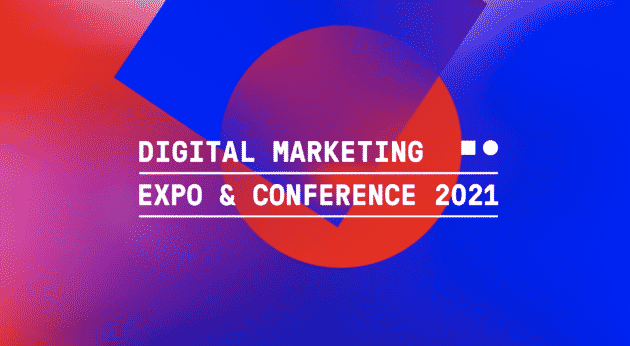“First-party data is the future of addressable advertising.” That’s a bold statement. But it’s also backed up and confirmed by all sides in the digital ecosystem. And already, because of the changes currently taking place — the new legal and technical requirements for digital advertising, the boom in ecommerce, and the shift in consumer behavior spurred by COVID-19 — first-party data is more important than ever.
As the cornerstone of digital advertising, it enables brands to offer consumers the greatest possible value in every digital interaction today and enhance their user experience with relevant, privacy-safe ads. Marketers should start actively collecting and activating their first-party data sooner rather than later to be able to adapt their strategies for sustainable advertising success in the long term and stay ahead of the competition.
But what exactly is first-party data? How can it be activated? And why is it essential for all market players to act now if they want to best prepare for the future and achieve optimal full-funnel commerce outcomes?
These are precisely the questions addressed by Nola Solomon, Criteo’s SVP of Go-To-Market, at DMEXCO 2021. In her 20-minute lecture, she cleared up the most common misconceptions around first-party data and answered the most important questions about how digital advertising will look and work in the future. For a glimpse into what Nola presented, as well as highlights from the session, check out the video and wrap up below!
Spotlight: What is first-party data?
First-party data is the information that advertisers or media owners receive directly from the customers with whom they have a relationship. These people have agreed to share their data. In return, they can be reached with personalized ads, messages, product recommendations, and website experiences that fit their preferences and needs, or in other words, that are relevant to them. There are three categories of first-party data that we can use to shape the future of addressable advertising: Identity Data, Commerce Data, and Engagement or Interaction Data.
Identity data is likely the most familiar category of data for marketers. It is readily used to understand who consumers are (without identifying them personally) and ultimately enables the one-to-one personalization that our industry is currently accustomed to. Privacy-safe examples include: first-party cookies, hashed emails, phone numbers and zip codes, household IDs, and first-party data shared via third-party identifiers such as netID or Unified ID 2.0.
Commerce data includes product catalogs and SKUs, i.e., the individual registration numbers of products in a retailer’s store system, provided they are linked to digital identifiers and can deliver relevant product recommendations to customers. They are used to personalize marketing messages, optimize bidding strategies, and dynamically optimize creatives, as well as to reach a larger target audience.
Engagement or interaction data maps the actions consumers take when interacting with a brand and is used to track campaign performance. This includes website views, email signups, clicks, sales, and for subscription brands, ongoing transactional events. This data enables real-time measurement, analysis and optimization of campaigns. This allows advertisers to achieve the best possible ROI and improve their strategies.
Your first-party data may fall into only one of the three categories. If so, you only have one piece of the puzzle when it comes to looking at what your customers want and need, what they’re interested in, and how they respond to different things online. That means you don’t have the big picture that fully represents your customer. That’s why to take full advantage of your first-party data, you need to enable it as well.
How can first-party data be enabled across the entire customer journey?
The best way to activate first-party data is to work with partners who can connect this information across the sell and buy sides of the ecosystem. This could be, for example, a data network such as Criteo’s First-Party Media Network, to which both advertisers and media owners contribute. Through such a network, identity, commerce, and interaction data can be continuously updated and connected.
To enable this connection and ensure the accuracy and longevity of the data, this requires deep direct integration on the demand and supply side. It also requires using artificial intelligence and machine learning to transform input into personalized product recommendations and dynamic advertising messages that meet consumer needs across devices and formats.
By enriching and activating data within a first-party media network, advertisers and media owners can create richer customer experiences that enable holistic audience strategies and lead to measurable commerce outcomes across the value chain.
The motto is: don’t wait, get started now
Marketers benefit immensely from activating their first-party data now, while third-party cookies are still available. Those who act today can already (further) develop their first-party data strategy, stay ahead of the changes and the competition, and unerringly expand their own target group step by step.
“We as an industry have a unique opportunity to fundamentally change the way we reach and engage consumers – and we have about two years to do it. Get active and start testing so we’re in the best possible position in 2023,” Nola Solomon concluded in her presentation, “And remember, the future is wide open.”
Everyone with a valid ticket for DMEXCO 2021 can stream Nola Solomon’s complete lecture again here.





















